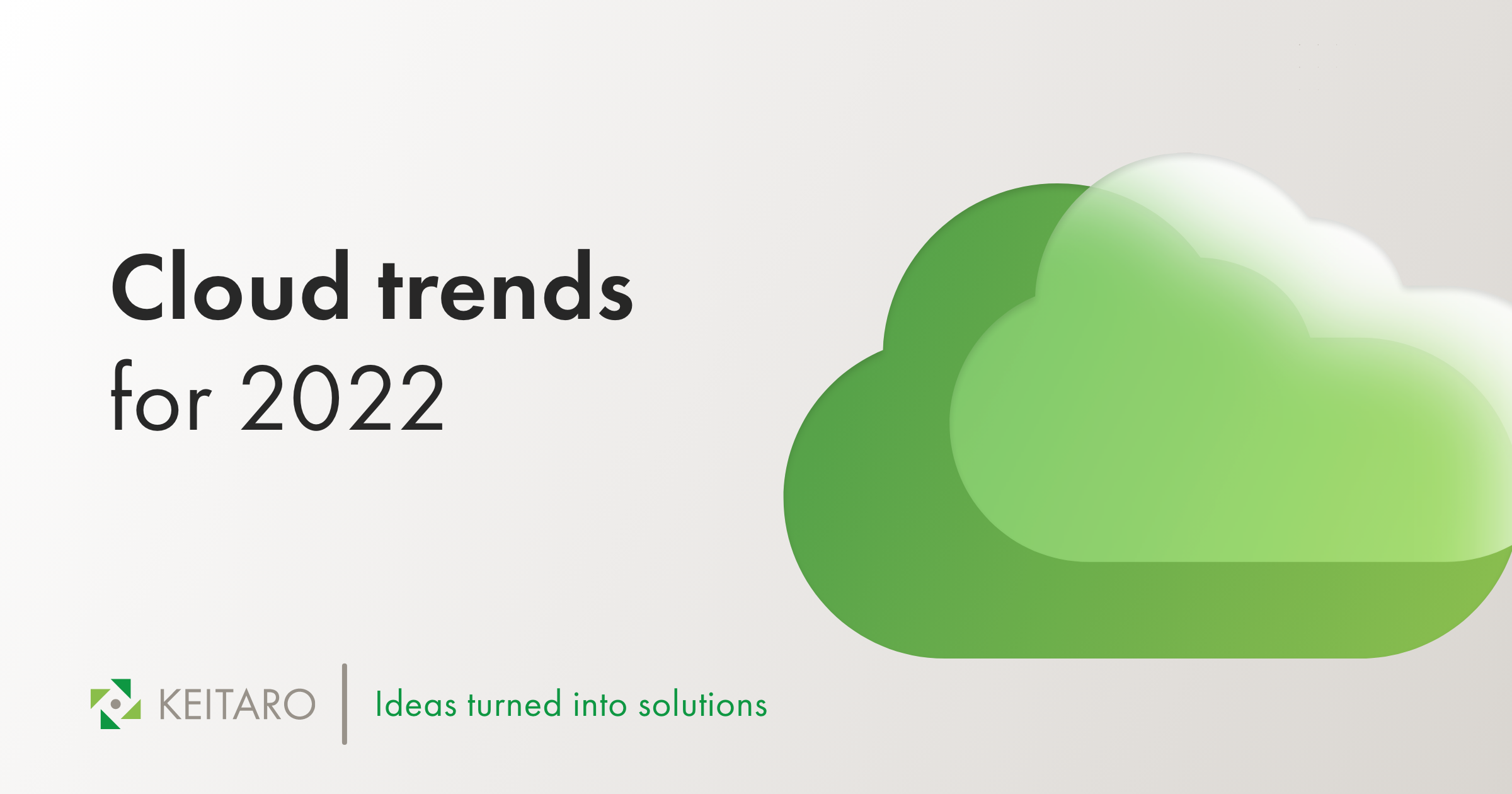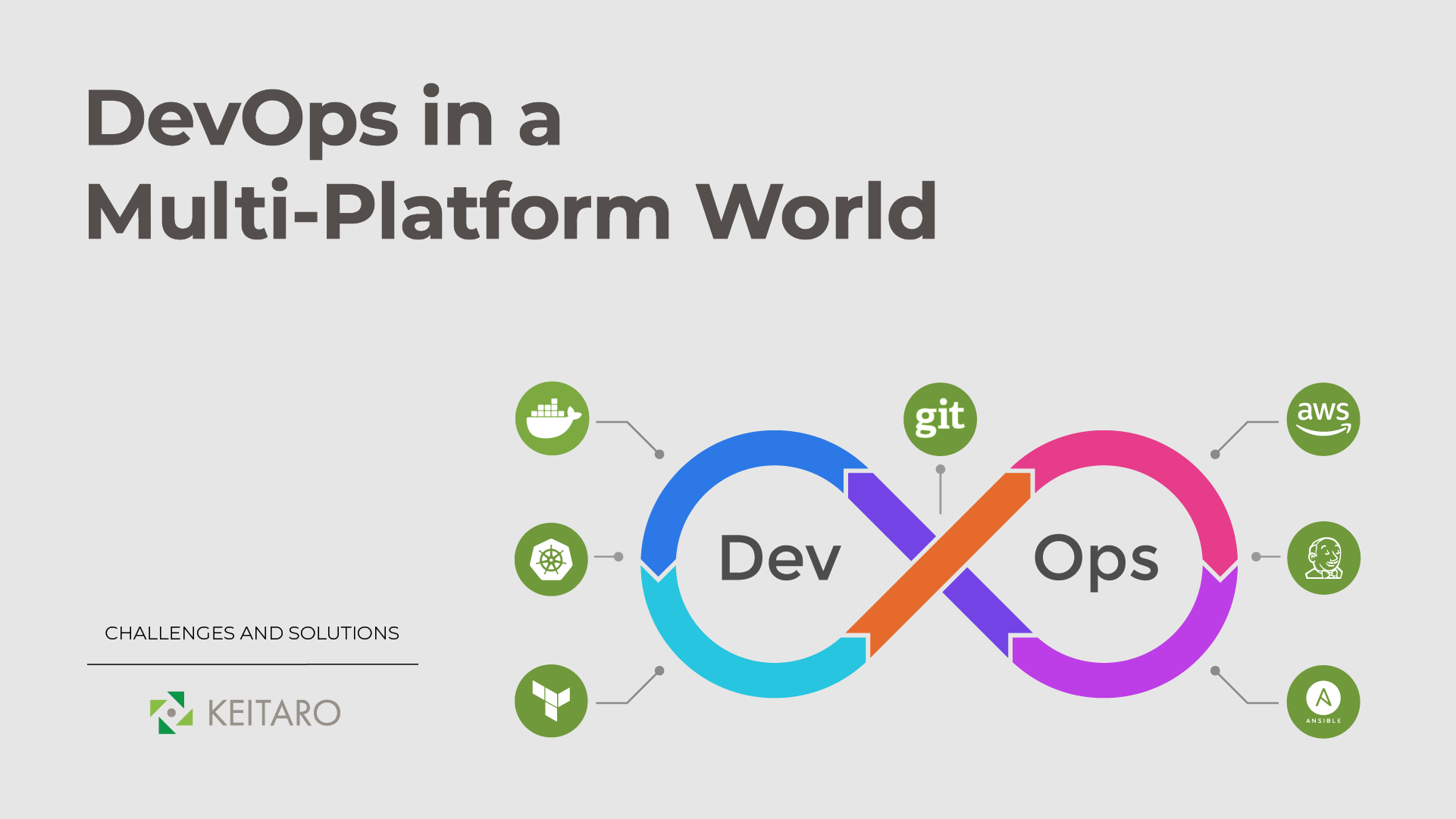The COVID-19 pandemic has played a game-changing role for cloud technology. The global pandemic made every industry embrace cloud and digital services. It made every business expedite its digital transformation journey and quickly find new ways of working, thereby introducing the culture of remote and hybridized workforces.
There is no doubt that the year 2022 will again witness a global rapid adoption and growth of cloud technology. But this time we will witness a shift from cloud deployment to a more strategic approach for organization-wide cloud migration. The capabilities around remote and hybridized workforces will expand, along with new advancements in cloud and data infrastructure. Let’s have a closer look at some of the key cloud trends to watch in 2022.
Major Cloud Trends for 2022
There is a lot to expect from cloud technology today considering the key role it plays in every digital service. However, following are the key cloud trends that we are most likely going to witness in 2022:
- Hybrid Cloud Popularity
During cloud migration, organizations have two choices. They can opt for quickly accessible public cloud services or opt for personal private cloud services. However, the hybrid cloud model is gaining more popularity, thanks to the active involvement of the biggest cloud providers such as IBM, Microsoft, and Amazon in the hybrid model. Hybrid cloud involves both public and private cloud capabilities. An organization that adopts a hybrid cloud model uses public servers (AWS or Azure servers) for data that is less sensitive but requires continuous access. Similarly, the organization stores sensitive data on private servers with proper access control.
Many organizations have passed the initial cloud adoption phase and are now targeting advanced use cases. This has made many organizations get into the multi-cloud environment with services from different platforms. So, another reason behind the growing popularity of hybrid cloud is that it reduces the multi-cloud complexity and puts more emphasis on streamlining the user experience.
- Growing Concept of Serverless Cloud
Another emerging trend in the cloud is “serverless cloud” often referred to as “functions-as-a-service”, which means organizations no longer have to lease or pay fixed amounts for bandwidth or storage. It’s more like a “pay-as-you-go” model where the cloud infrastructure invisibly scales up/down based on the demand from the application.
Serverless does not mean that there will be no servers. There will still be servers but with another layer between service and users, freeing users from getting involved in any technicalities. Serverless cloud is a topic of debate today and will definitely be getting more attention in 2022.
- Low Code / No Code – Kubernetes Orchestration
As discussed above, organizations are focusing more on organization-wide cloud migration. This implies more collaboration among business units and IT in order to design effective cloud-native solutions. That’s why there is a surge in the use of low code / no-code tools, making it possible for non-technical personnel to use the tools.
Kubernetes orchestration is one such established trend in the cloud computing world. Being an open-source orchestrator, Kubernetes is becoming a standard in managing complex container-based applications. Therefore, we will see even more active involvement of Kubernetes in facilitating deployment models implemented in an ecosystem where both cloud and traditional infrastructures coexist.
- Sustainability with Cloud Innovation
Businesses do realize that they also have to play a key role in addressing climate change. When it comes to tech companies, the efforts are usually associated with reducing energy usage linked with their computing engines, always-on infrastructure, and large digital storage needs.
Therefore, we will definitely witness more investment by tech companies in achieving net-zero carbon emissions. This would drive investment in renewable resources and more adoption of innovative cloud technology.
Conclusion
Cloud technology isn’t new, but it’s been aggressively expanding over the past few years. Gartner predicts spending on cloud services globally will reach $482 billion by 2022, significantly surpassing the $313 billion in 2020. Cloud computing infrastructure is the backbone of almost every digital service today, from social media and software development to cars and IoT infrastructure. The future of the cloud, therefore, is bright and more innovative cloud technology wonders are just around the corner.



